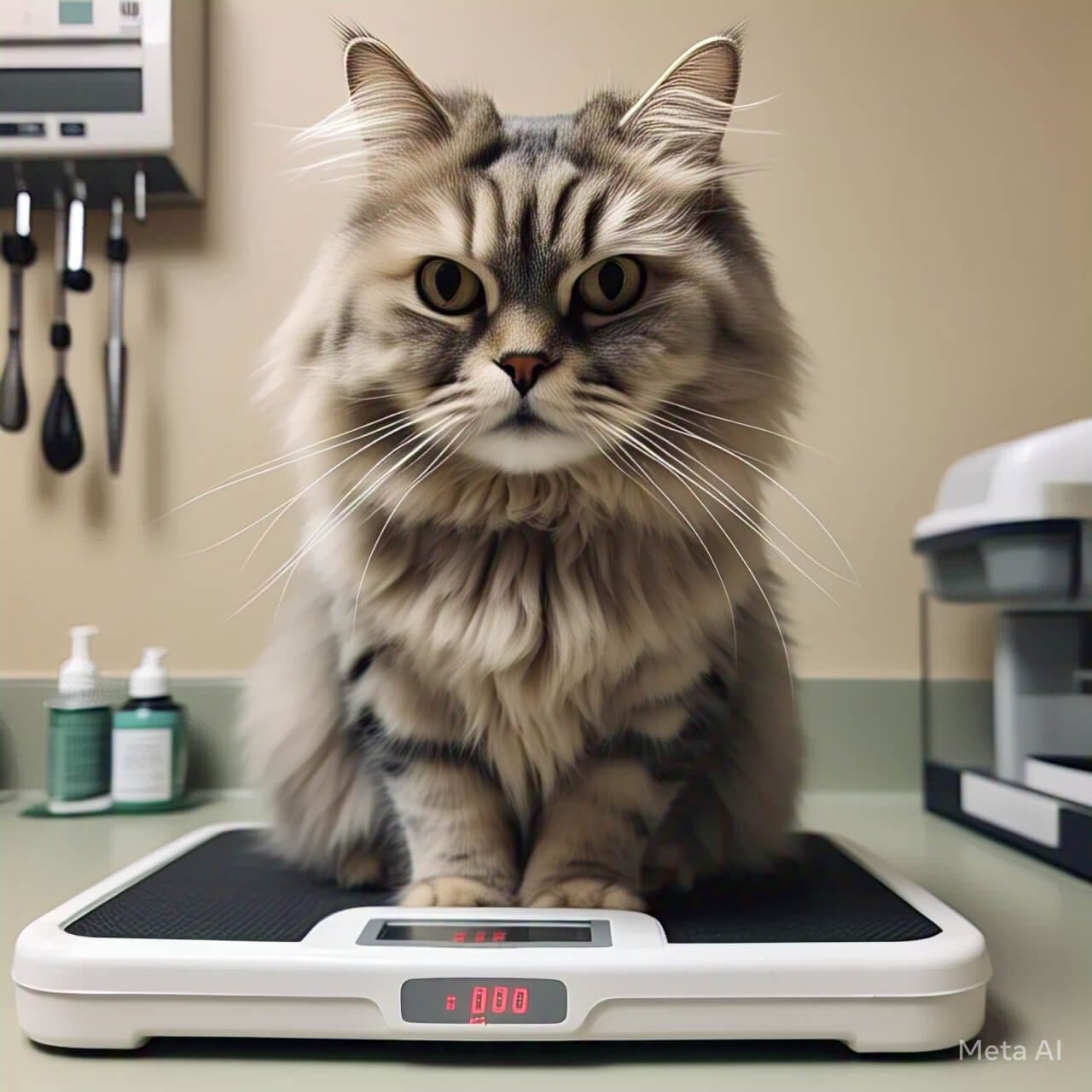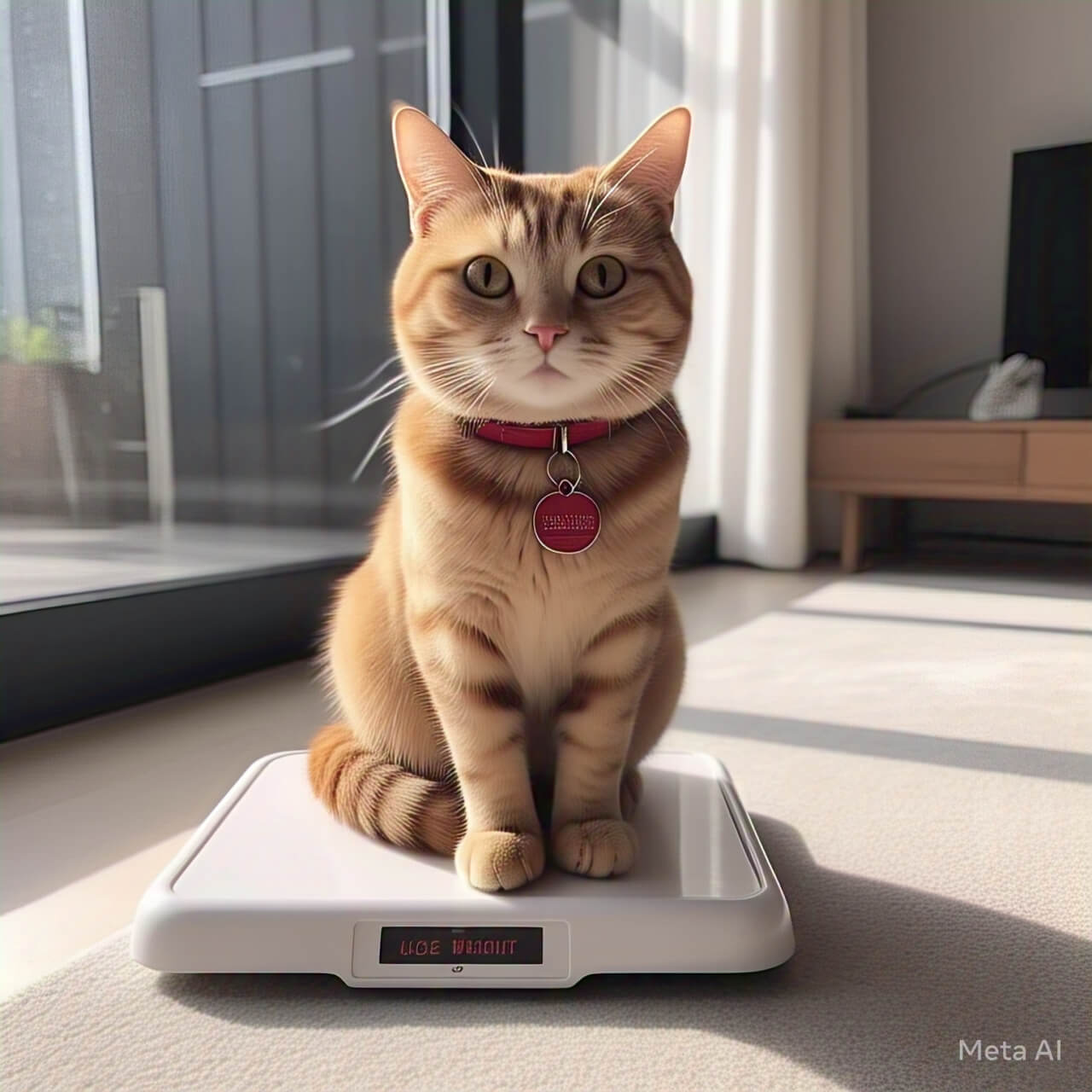How to Help a Cat Lose Weight: Keeping your cat at a healthy weight is important for its long and happy life. Overweight cats can face many health problems, like diabetes, joint pain, and heart disease. If your cat is carrying extra weight, don’t worry—there are simple ways to help them slim down safely.
Start by checking their diet, encouraging exercise, and monitoring their progress. Cats need the right balance of food and activity to stay fit. Always consult your vet before making big changes to their routine. With patience and care, your cat can reach a healthier weight and enjoy a more active life.

10 Easy Tips to Help Your Cat Lose Weight
- Measure food portions carefully.
- Switch to a high-protein diet.
- Avoid free-feeding (leaving food out all day).
- Use slow-feeder bowls.
- Encourage playtime daily.
- Reduce high-calorie treats.
- Choose low-calorie cat food.
- Increase water intake.
- Make climbing and jumping fun.
- Monitor weight weekly.
1. Understand Your Cat’s Ideal Weight
Every cat breed has a different healthy weight range. For example, a Siamese cat may weigh 8-10 pounds, while a Maine Coon can be 15 pounds and still be healthy. Ask your vet what weight is best for your cat. Overweight cats often have a round belly, no visible waist, and difficulty moving. Knowing the right weight helps you set a realistic goal.
2. Measure Food Portions Correctly
Cats gain weight when they eat too much. Follow the feeding guide on the cat food bag or your vet’s advice. Use a measuring cup instead of guessing. Even small extra amounts can add up over time. Split meals into smaller portions to keep your cat full without overfeeding.
3. Choose the Right Cat Food
Not all cat foods are equal. High-protein, low-carb diets help cats burn fat. Avoid cheap fillers like corn and wheat. Look for labels that say “weight management” or “high-protein.” Wet food can also help because it has more water and fewer calories than dry food.
4. Stop Free-Feeding
Leaving food out all day lets cats eat whenever they want, often leading to overeating. Instead, feed them at set times—morning and evening. This controls their calorie intake and helps digestion.
5. Encourage Exercise Daily
Play with your cat for at least 15-20 minutes daily. Use toys like feather wands, laser pointers, or balls. Climbing trees and scratching posts also help them move more. Lazy cats need encouragement, so be patient.
6. Limit Treats
Treats should be less than 10% of your cat’s diet. Choose healthy options like small pieces of cooked chicken or freeze-dried meat. Avoid fatty or sugary treats that add unnecessary calories.
7. Use Slow-Feeder Bowls
Fast eaters often overeat. Slow-feeder bowls make cats work for their food, slowing them down. This helps digestion and prevents overeating. Puzzle feeders are another great option.
8. Increase Water Intake
Water keeps cats full and supports metabolism. Provide fresh water daily. Some cats prefer running water, so a cat fountain may help. Wet food also adds moisture to their diet.
9. Make the Environment Active
Cats need stimulation. Place perches near windows so they can jump and watch birds. Hide treats around the house to encourage movement. A bored cat is more likely to overeat.
10. Track Progress Regularly
Weigh your cat weekly to check progress. If weight loss is too fast or slow, adjust food or exercise. Always consult your vet before making big changes. Slow, steady weight loss is safest.

FAQs About Cat Weight Loss
| Question | Answer |
|---|---|
| How much weight should a cat lose per week? | A safe rate is 1-2% of body weight per week. |
| Can I put my cat on a diet without a vet? | Always check with a vet first for safety. |
| Why is my cat not losing weight? | They may be eating too much or not moving enough. |
| Is wet food better for weight loss? | Yes, it has fewer calories and more water. |
| How can I tell if my cat is overweight? | Check for no waistline and difficulty moving. |
By following these steps, your cat can lose weight safely and stay healthy. Patience and consistency are key.









